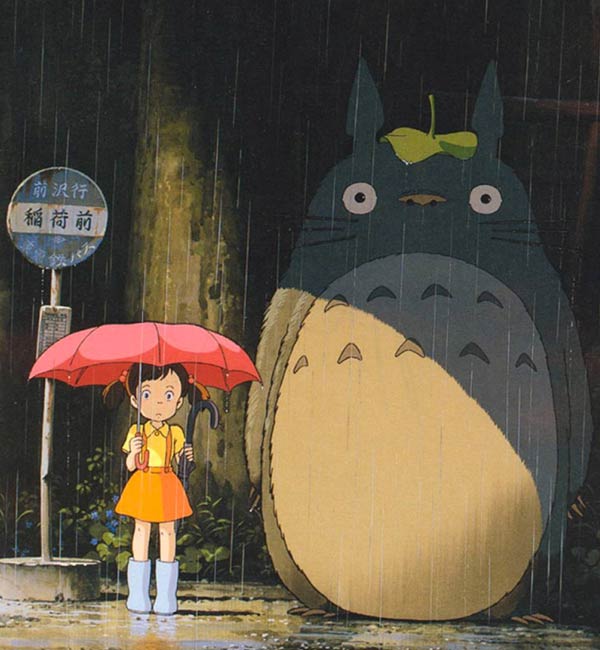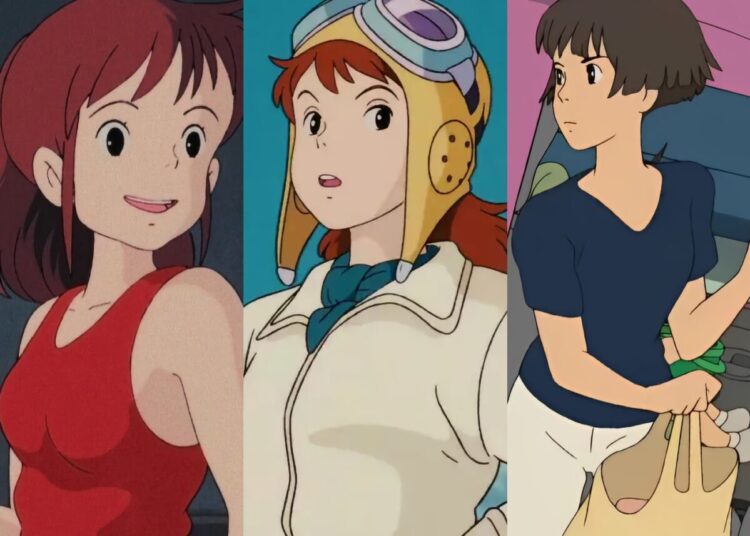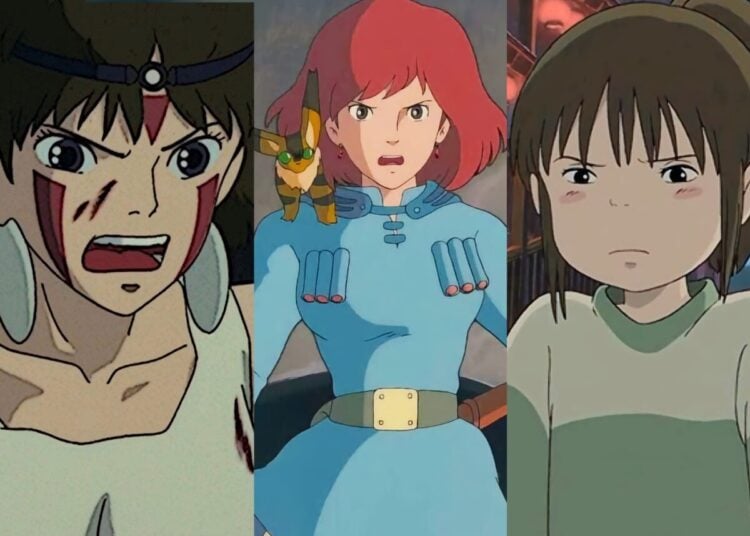When I look back at my life, I generally say that there have been two core influences for me: Japan and Star Wars. Which is kind of a silly thing to say, since Japan and Star Wars really go hand-in-hand. Within the sphere of anime, one film that influenced me greatly was My Neighbor Totoro, which came out just as I was studying Japanese in university and provided me with a goal for my studies (to keep going until I could watch the film without subtitles). I happened to see that My Neighbor Totoro is getting a limited U.S. release at various theatres September 30 through October 3rd to celebrate the film’s 30th anniversary [ticket info can be found here], and thought I’d do a post about My Life with Totoro.
- Tonari no Totoro (“The Totoro Next Door”) was released April 16, 1988, the third film made under the Studio Ghibli brand. It was released as a double feature with Grave of the Fireflies, a “B-side” film created to lighten the mood of children after so serious a story. And yet it went on to define Hayao Miyazaki’s career, and to many, all of anime itself.
- The name Totoro supposedly comes from the “troll” in the children’s story Three Billy Goats Gruff, which Mei mentions in the film. Another version says that the child of a friend of Miyazaki’s could not pronounce Tokorozawa (a city north of Tokyo) and it came out as “Totoro-zawa,” which the director thought was cute.
- According to the Art of Totoro book, the original names of the large, medium and small Totoros were supposed to be Miminzuku, Zuku and Min.
- The disease the mother is in the hospital with is hepatitis. Miyazaki’s mother was hospitalized for nearly a decade with the same disease.
- Did you know about the Totoro “sequel”? It’s called Mei and the Koneko Bus (Kitten Bus), and it’s a short film you can only see at the Ghibli museum in Mitaka, Tokyo at specific times of year. It has Mei befriending the Kitten Bus with some Morinaga Caramels (Miyazaki being a smart businessman as well as creative genius) before being “spirited away” to the secret country of Totoro and the Catbusses.
- If you want to see the above film, we recommend you keep an eye on the Japanese page for the Ghibli museum, as the English page is somewhat less useful. The current film schedule can be found here. (Mei and the Konekobus is airing this month but ticket sales are closed. It will be back around in a few months.)
- As it happened, I was one of the first Americans to get to see Totoro. Executives from Tokuma Shoten brought a video to the San Diego Comicon and showed it in the (tiny, compared to current standards) anime room to gauge how Americans might react to such a strange story. I vaguely remember giving a glowing review to the staffers, saying that it might be popular exactly because it was like nothing we’d ever experienced before.
- I loved Totoro from the start, and made it my first and only cosplay, in 1989, way before anyone knew what a Totoro was.
- Mrs. J-List somehow went her entire life without seeing any Ghibli films. When I showed Totoro to the family after our kids were born, she was floored at the quality of the story. She later said to our kids, “Only children can see Totoro…but I think your father can see him, too.”
- Both girls were born in the month of May. Satsuki is the old name for May, and Mei is May.
- [Warning, highlight to see.] Totoro might be the scariest ghost story you’ve ever seen. On May 1st (shudder, see above), 1963, a girl was kidnapped for ransom in Sayama City, near the setting of Totoro, and murdered, and a potentially innocent man arrested for the crime. The victim’s sister later committed suicide. According to a fan theory, Totoro is a shinigami (a God of Death) who has come for the two girls. Mei actually died in the rice paddy, and when Satsuki says, “Please, let me through to Totoro!” she herself crosses over from the world of the living. At the end of the film, the mother (near death herself) notices the “ghosts” of the girls in the tree outside her window, but the (healthy) father does not. There are a lot of other clues, like the fact that the girls lose their shadows at the end of the film, and a box of “Sayama tea” visible in one scene. Studio Ghibli has denied any secret meaning in the film, but who can say for sure? Maybe Totoro is an even darker film than Grave of the Fireflies.
I hope you enjoyed reading random facts about My Neighbor Totoro, and if you’re near a theatre that will have a showing, I hope you’ll go see it. What does Totoro mean to you? Tell us on Facebook or Twitter!
We love our jobs! Every day we get to work with fun products from Japan, including kawaii figures like these new Nendoroids. See the deluxe Rin from YuruCamp, the super kawaii Saber/Altria Pendragon and the lovely Special Week for horse musume fans!

















